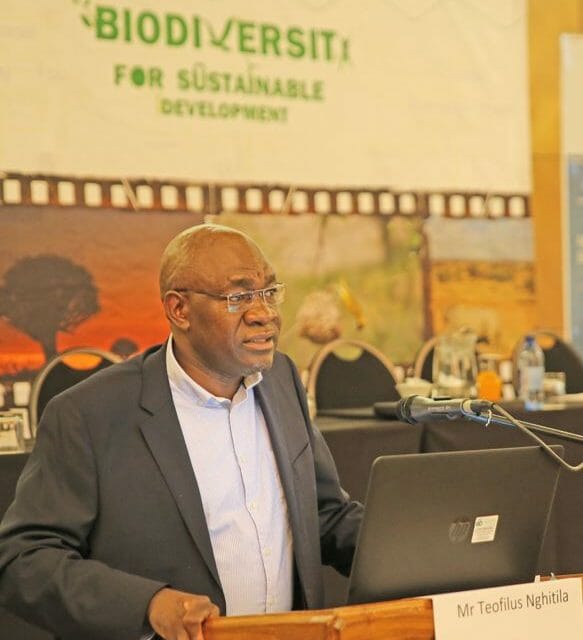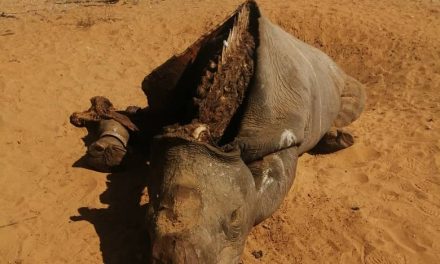
Mobilising funds for biodiversity conservation depends on coherent, coordinated strategies

The loss of biodiversity that results from human activities leads to a deterioration in the value of natural resources with an impact on national development agendas, particularly for rural communities.
To reduce the future impact of this loss in value, Namibia launched its first National Biodiversity Strategy and Action Plan in 2001 as the cornerstone to conserve biodiversity. Although this acted as an important tool for biodiversity financing, the plan’s review found that implementation had been limited in some areas due to funding and communication constraints.
Realising that financial resources are required to prevent, stall and revert the loss of biodiversity, the Resource Mobilization for Biodiversity Conservation (ResMob) project was launched in 2014, jointly implemented by the Ministry of Environment and Tourism in partnership with the German Agency for International Cooperation (GIZ). The project, which runs until September 2018, is financed by the German Federal Ministry for the Environment, Nature Conservation, Building and Nuclear Safety.
Stakeholders consultation has been held every year since 2015. This week the consultation for 2017 took place in Windhoek.
Addressing the stakeholders, the Minister of Environment and Tourism, Hon Pohamba Shifeta said “What we really need to do now is to address the root causes of biodiversity loss. A number of studies have been undertaken through the ResMob project to reveal the value of biodiversity and mainstream its value into planning and decision making. The challenge we now have is to translate the findings of these studies results into action at the local, regional and national levels.”
“With regards to resources mobilization, a target on domestic resources was agreed with CBD party countries during the 12th Conference of the Parties in Pyeongyang, Korea in October 2014. It states that Parties should mobilize domestic financial resources from all sources to reduce the gap between identified needs and available resources at domestic level, for effectively implementing by 2020 national biodiversity strategies and action plan,” he said.
The key product of the ResMob Project thus will be a national Resource Mobilisation Strategy for Biodiversity Conservation. It will contain specific proposals for policy options and economic instruments on how to provide for the financial funds necessary to reach an appropriate level of investment.
The project’s overarching goal is to position Namibia such that it can effectively and efficiently mobilise more resources for biodiversity conservation. The ultimate achievement would be to meet the goals of the second National Biodiversity Strategy and Action Plan adopted by cabinet. By doing so, biodiversity and its ecosystem services will receive the highest and deserving priority and thus be incorporated into national development plans.
Pictured is the Environmental Commissioner, Mr Teofilus Nghitila who also participated in this week’s ResMob stakeholder dialogue.











































